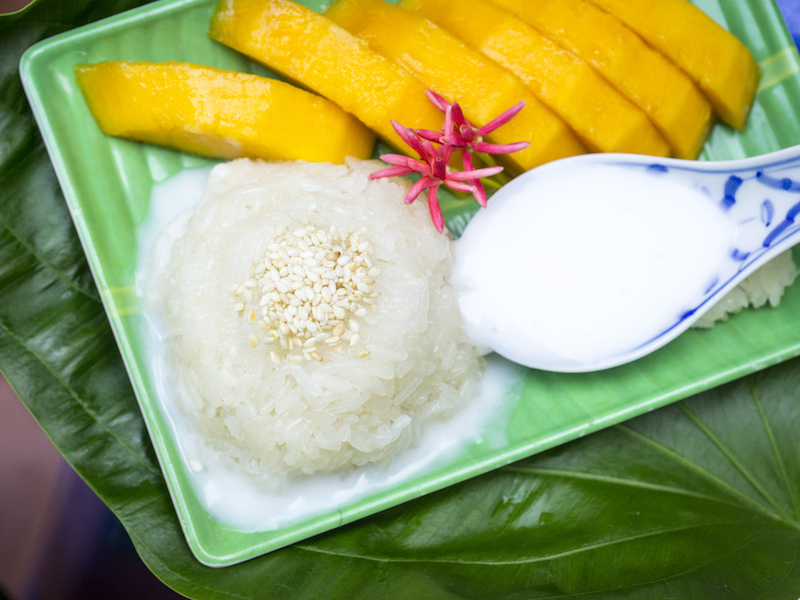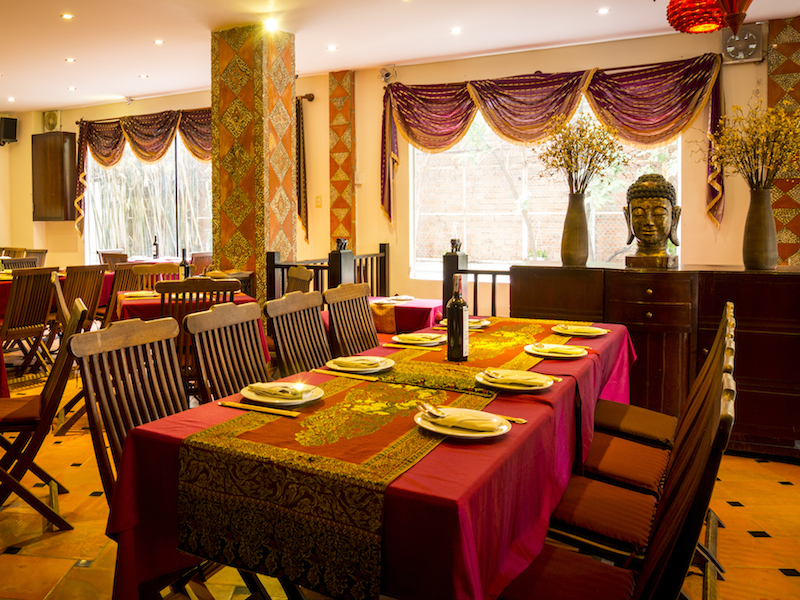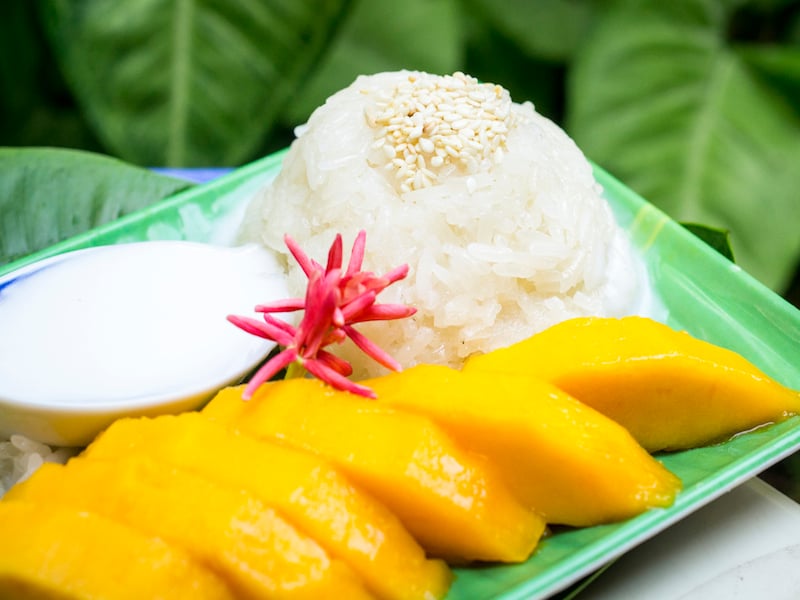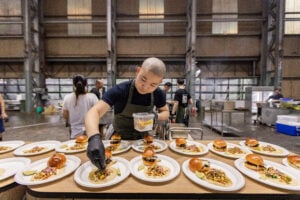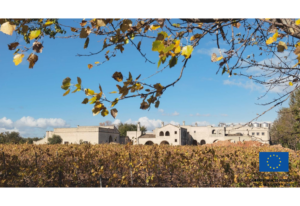While Southeast Asian cuisine is some of the trendiest on the planet, it sadly often falls short at the finish line. Traditionally incorporating unexpected and very obviously non-dessert ingredients (at least from the Western perspective) like corn, taro, yams and beans, they can end up a brain-twisting, taste bud-confusing mélange. Leave it up to the Land of Smiles, however, to save the day. Perennially the Southeast Asian representative in any Top 10 world cuisines poll, the Thais have perfected khao niew ma muang, the universally loved and deceptively simple mango sticky rice.
Chef Supachai of Spice Restaurant (27 Le Quy Don, D3), a Thai mainstay in HCMC since 2003, thinks that while Thai cuisine is exploding in Western countries, it possibly hasn’t been embraced as warmly in Vietnam due to its spicy nature and the country’s hot weather. But one dish diners do seem to love is the simple marriage of sticky rice, coconut milk and mango, the sum being ever more greater than its humble parts.
Chef Supachai’s version of the Mango and Sticky Rice (VND65,000) starts off by soaking glutinous rice for hours or even overnight, encouraging it to absorb the liquid which makes it soft when cooked using a minimum of water. Chef Supachai says the secret to the sticky rice is to allow the grains to expand without becoming mushy as it’s meant to absorb more coconut milk before the dish is assembled.
The coconut milk is also homemade in the Spice kitchen, starting with a base of freshly shredded coconut left to steep in boiling water for half an hour and then squeezed out using a mesh cloth to extract every bit of flavor. Palm sugar is then added with a touch of salt to bring out the coconut’s natural sweetness. Finally, tapioca starch is introduced as a thickening agent.
From there, it’s a matter of plating the dish with a scoop of sticky rice infused with coconut milk, a sliced, soft, buttery mango and a drizzle of the remaining coconut milk resulting in a dish that’s warm and satisfying, with an all natural sweetness to it. Because all the ingredients are commonly found here in Vietnam, it’s hard to imagine why the dish hasn’t yet been co-opted into local cuisine. “While it may seem simple to make, every Thai dish contains a secret which makes it hard to copy,” says Chef Supachai with an enigmatic Thai smile.

